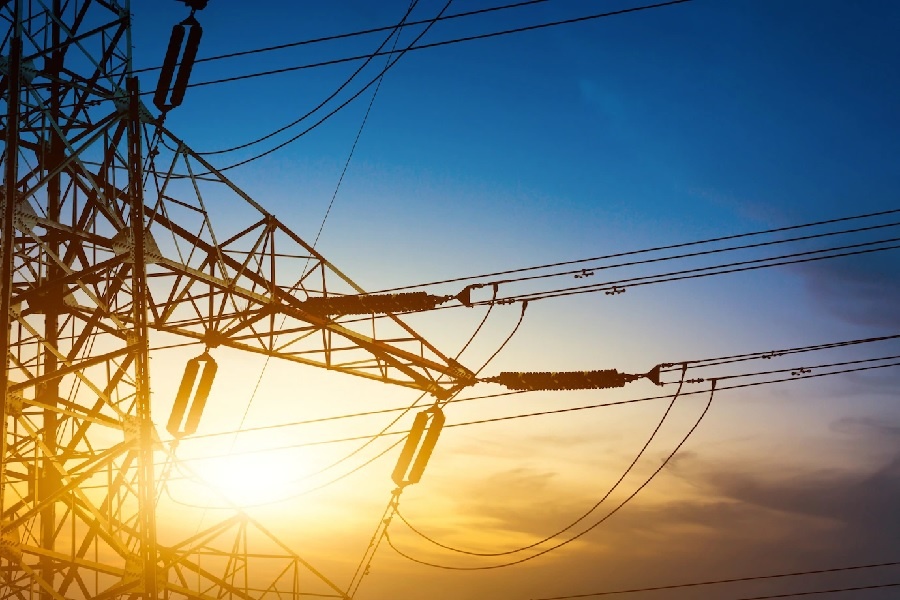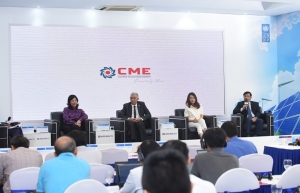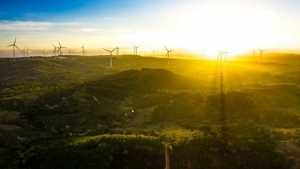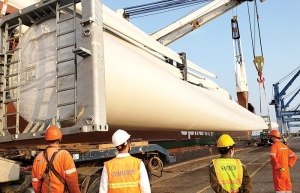Energy-saving taking top spot in solutions for electricity crisis
According to the latest report from the Ministry of Industry and Trade (MoIT) submitted to the government last week, the electricity produced and imported for the country’s power system for the whole year is estimated to reach 274.2 billion kWh, up 7.6 per cent compared to 2021.
 |
| Energy-saving taking top spot in solutions for electricity crisis, Source: Freepik |
Trinh Quoc Vu, deputy director general of the MoIT’s Department of Energy Efficiency and Sustainable Development, admitted that Vietnam currently uses energy inefficiently, at 30 per cent higher than Thailand and 4-5 times higher than Japan and the United States.
“There is still plenty of room for Vietnam to save energy. Vietnam is aiming to achieve energy savings of 8-10 per cent by 2030. Long-term energy intensity reduction requires developing a plan to switch to a greener macroeconomic structure, with companies that use less energy and emit fewer carbon emissions,” said Vu. He explained that the structure depends on incentives for energy segments such as cement and steel.
At a talk show last week hosted by Electricity of Vietnam (EVN), director of the Centre for Energy Research and Green Growth Ha Dang Son said, “The net-zero commitments of Vietnam and many other countries will create a shift from fossil energy to electricity in almost all industries. As such, the challenge of securing power will increase.”
One of the objectives Vietnam is supporting to lessen the impact of climate change, Son said, is using energy economically and effectively. “If savings do not reach the targets set, the cost of building power sources will increase, causing a waste of social resources,” he added.
Saving electricity and energy efficiency are now becoming increasingly important as the demand for electricity for production and living remains high, while thermal projects such as Long Phu I, Na Duong II, and Quang Tri I have been delayed.
The country’s electricity demand rose by over 10 per cent on average per year during the last four years, and is forecast to continue to rise by 8.5 per cent a year by 2025 and 7.5 per cent annually by 2030.
Facing a similar energy crisis, authorities in the EU have called on people to save energy. The European Commission in May presented a plan on how the EU can rapidly reduce its dependence on Russian fossil fuels and fast forward the green transition.
Measures in the REPowerEU Plan can respond to that ambition through energy savings, diversification of energy supplies, and accelerated roll-out of renewable energy to replace fossil fuels in homes, industry, and power generation.
In Vietnam, by 2025 and to ensure electricity for economic development with GDP growth of 6.5-7 per cent according to the Resolution of the 13th National Party Congress, electricity demand growth of about 9 per cent per year is forecast in the base scenario.
In addition, if calculating a scenario of economic recovery and strong growth, the rise in electricity demand this year is estimated at about 11.5 per cent and the average growth for 2023-2025 is 10.4 per cent per year.
Meanwhile, new power sources expected to be completed annually over the next few years are likely to be lower than the growth in load, so it is increasingly difficult to ensure power supply, and peak capacity shortages may occur in the next few years, according to EVN.
EVN said that in order to ensure the supply of electricity for the national power system, especially in the north, EVN and its units have urgently implemented solutions for operation, supplementing supply, and capacity building.
“Those are only short-term solutions, but in the long term, promoting investment progress in power projects for the north plays an important role,” EVN reported.
The state-run group has proposed a plan to allow it to invest in offshore wind power in the northern region to enhance the power supply and ensure national security. Besides that, it suggested that there soon needs to be approval of importing and supplementing planning for connecting and importing electricity from Laos to Vietnam, as well as approval of the Power Development Plan VIII as soon as possible.
 | Uplifting capacity for renewable investors in Vietnam There could be a bright future for Vietnamese renewables businesses. Bui Trung Kien, vice chairman of CME Solar Investment JSC, talked to VIR’s Hue Anh about the related policies and government support that could kickstart long-term renewables projects in this country. |
 | Renewable energy sources not fully tapped: experts The potential of renewable energy sources, especially wind and solar power, is one of the keys to Vietnam’s energy transformation towards carbon neutrality, but barriers stemming from the unresponsive transmission network and pricing mechanism is wasting the capacity of billions of kWh of electricity, according to experts. |
 | All options on table for climate transition Vietnam is now facing big pressure to carry out its energy transition in a greener manner, with the government advised to place high priority on limiting coal-fired power development while developing more renewable energy. |
What the stars mean:
★ Poor ★ ★ Promising ★★★ Good ★★★★ Very good ★★★★★ Exceptional
Related Contents
Latest News
More News
- Efficient technology solutions key factors in energy transition (September 25, 2024 | 09:00)
- Sao Do Group gears towards energy savings (December 07, 2023 | 12:01)
- Vice President Vo Thi Anh Xuan visits Copenhagen Infrastructure Partners headquarters (November 23, 2023 | 10:37)
- A wind turbine tower collapses in China (November 20, 2023 | 19:36)
- Vietnam has massive potential for offshore wind energy (March 17, 2023 | 16:29)
- Rooftop solar event entices EPC contractors and investment funds (March 09, 2023 | 07:50)
- GreenYellow acquires 49.5MWp solar farm of French IPP Qair in Vietnam (November 25, 2022 | 08:00)
- Eaton contributes to Vietnam’s low-carbon economy (November 20, 2022 | 19:00)
- Proposals to promote Vietnam's energy transition (November 12, 2022 | 22:02)
- How intelligent lights make cities smarter, safer and greener (November 04, 2022 | 09:00)

 Tag:
Tag:




















 Mobile Version
Mobile Version